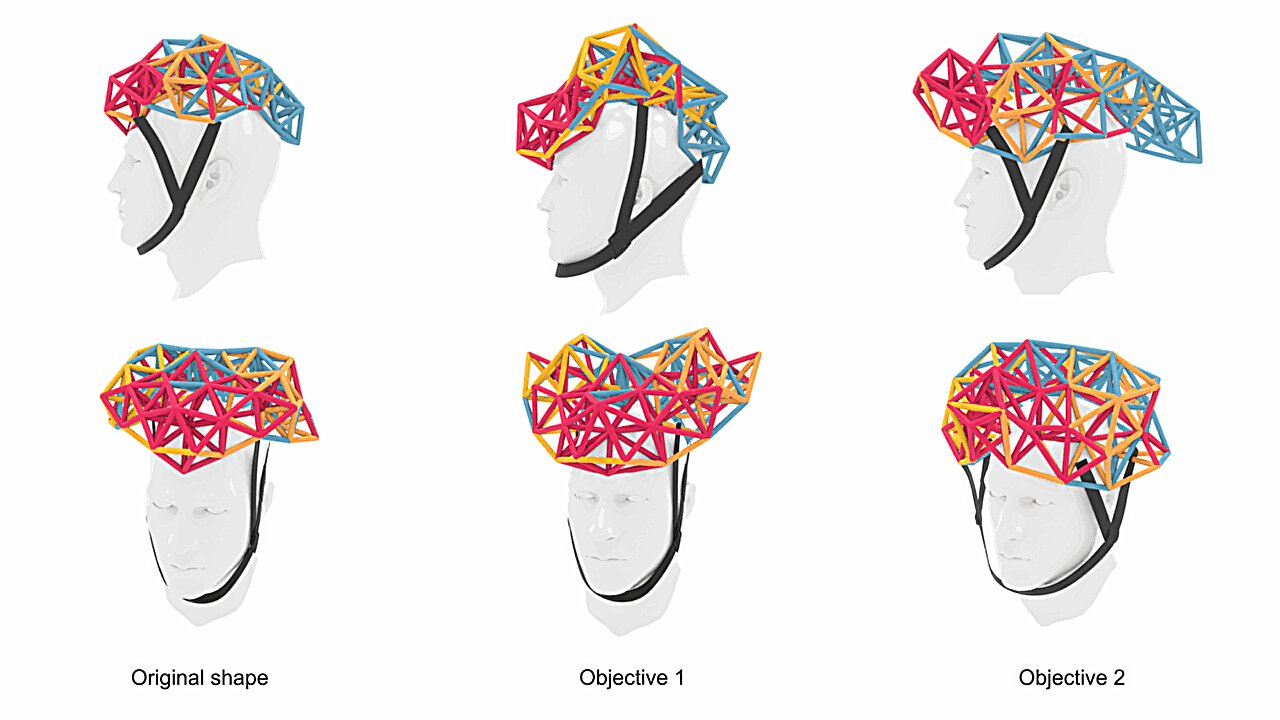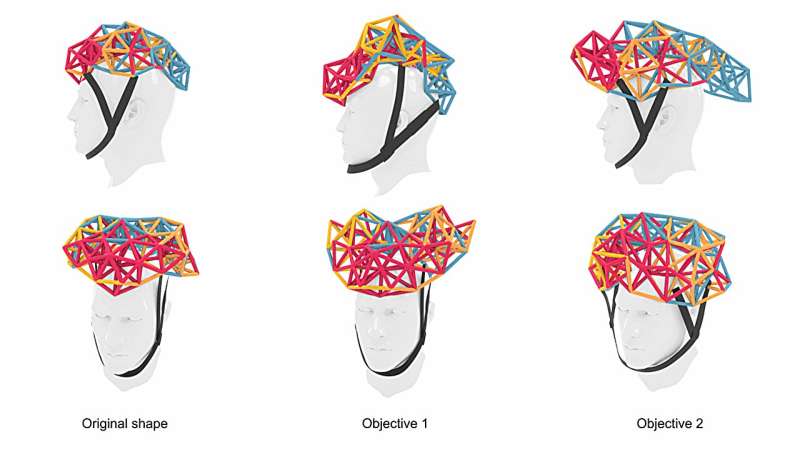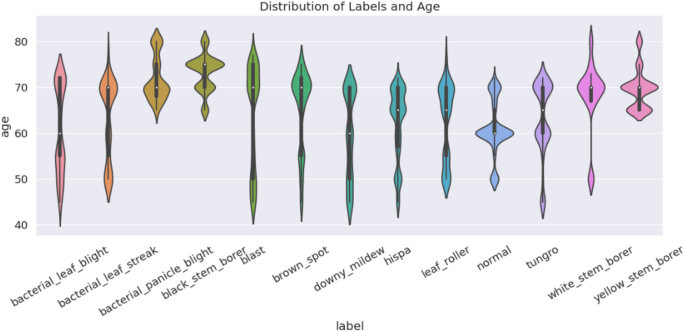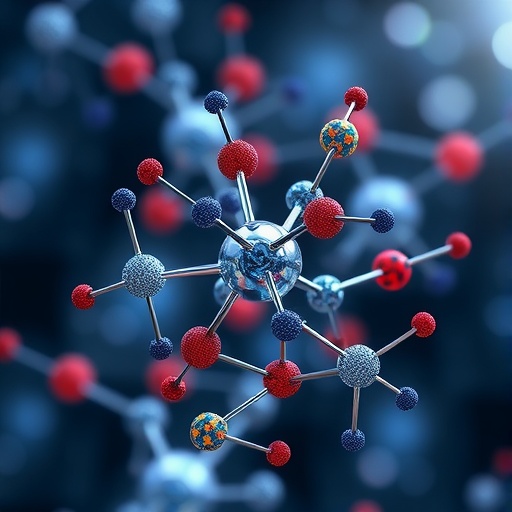Tech Comments (3) Luis Alvarez Adobe (NASDAQ:ADBE) and GitLab (NASDAQ:GTLB) shares slipped in early trading on Tuesday as investment firm Mizuho said the market believes it is seeing a “severe negative impact” from artificial intelligence. “ADBE sits at the intersection of creative software and generative Quick Insights Recommended For You

Shape-changing robots: New AI-driven design tool optimizes performance and functionality

Like octopuses squeezing through a tiny sea cave, metatruss robots can adapt to demanding environments by changing their shape. These mighty morphing robots are made of trusses composed of hundreds of beams and joints that rotate and twist, enabling astonishing volumetric transformations.
But as tasks become more complicated, so does the robot’s design. Adding actuating beams to the robot’s truss may help it perform more motions or tasks, but it also exponentially increases control complexity. And while designers can manually group actuators into control networks for greater simplicity, this process is both tedious and labor intensive.
Now, a team of UC Berkeley-led researchers has developed an AI-driven framework to optimize and automate the design of complex truss robots. As reported in the journal Nature Communications, this approach enables designers to create robots with extraordinary capabilities while maximizing control efficiency.
“By using a genetic algorithm, our optimization method can figure out the minimum number of control units needed to achieve the tasks you want,” said Lining Yao, the study’s principal investigator and assistant professor of mechanical engineering. “So you can automatically design a robot able to meet all of your objectives—such as morphing into certain shapes, moving as fast as possible and grabbing a ball.”
Yao, director of the Morphing Matter Lab at UC Berkeley, collaborated on this work with researchers from Carnegie Mellon University and the Georgia Institute of Technology.
Using their new framework, the researchers developed several prototypes—including a quadruped robot, a shape-shifting helmet, a lobster-inspired walking robot and a tentacle-like actuator—and then tested their performance.
Their findings showed that the AI-generated robots could achieve complex shape adaptations with minimal control units. The results also identified the optimal number of control networks before performance gains begin to diminish.
“We took inspiration from muscle synergy in biology, where complexity is managed through coordinated groups rather than individual control. By doing the same, we turned the combinatorial space of actuator groups into a way to achieve scalable volumetric and motion transformations with just a handful of control units,” said Jianzhe Gu, the study’s lead author and a former member of the Morphing Matter Lab.
“There seems to be a sweet spot where you’ll find the minimum number of channels but still achieve good performance,” said Yao. “And that’s something statistically AI can figure out for us. It can basically explore the whole space and select the reasonable number of channels.”
Yao and Gu said they were most surprised by the algorithm’s ability to handle extremely complex designs and functionality requirements.
“When we talk about robots, the most straightforward task people try is locomotion—get the robot to run as fast as possible,” said Yao. “We started there, but, by the end, we were pleasantly surprised to see how the algorithm helped us realize our vision of a shape-changing robot.”
The framework is currently built on a “kind of human-AI collaboration,” with the designer providing initial input on the robot’s shapes and behavior. As a next step, the researchers plan to incorporate a generative design framework enabled by a large language model and other technologies.
“Imagine that you want to design a helmet that fits your head,” said Yao. “The hope is that a generative AI framework will be able to look at you, determine your dimensions and the situations where you might use the helmet, then automatically generate different shape states and the control policy.”
According to Yao, designing with AI may cause us to rethink how we define a robot and its role in our daily lives. She envisions this framework someday being used to create a new generation of morphing robots, with functionality limited only by the designer’s imagination.
She and her team are already thinking of new possibilities and fantastical innovations, including hospital bedsheets made of hundreds of truss units that can automatically morph, turn a patient around and even massage their body by squeezing it.
“Designing these robots with AI, we can potentially have so many degrees of freedom, with so many individual trusses, and a lot more controllability in terms of the shape robots can transition between,” said Yao.
“So everyday items like wearables, bedsheets, chairs—all those things—could soon gain the ability to morph and function robotically.”
More information: Jianzhe Gu et al, Optimization and control of actuator networks in variable geometry truss systems using genetic algorithms, Nature Communications (2025). DOI: 10.1038/s41467-025-63373-7
Citation: Shape-changing robots: New AI-driven design tool optimizes performance and functionality (2025, October 1) retrieved 1 October 2025 from https://techxplore.com/news/2025-10-robots-ai-driven-tool-optimizes.html
This document is subject to copyright. Apart from any fair dealing for the purpose of private study or research, no part may be reproduced without the written permission. The content is provided for information purposes only.



